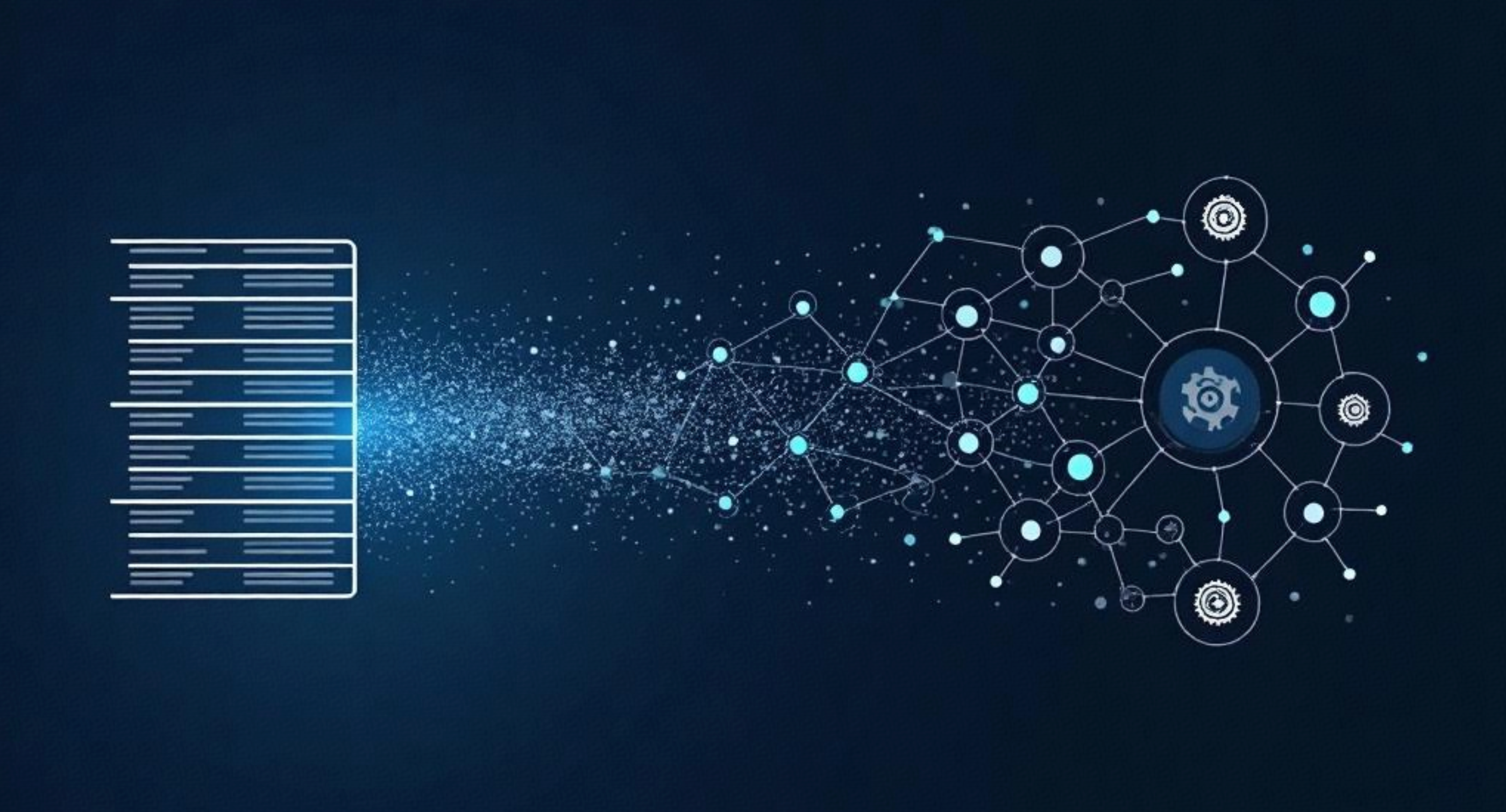Author: Zhang Qi
It's well known that when we need to perform correlation analysis on data, we typically use SQL join operations. However, Cartesian product calculations during SQL joins require maintaining a large number of intermediate results, which significantly impacts overall data analysis performance. In contrast, graph-based approaches maintain data correlations, transforming correlation analysis into graph traversal operations and greatly reducing the cost of data analysis.
However, with the continuous growth in data scale and increasing demand for real-time processing, efficiently solving real-time computation problems on large-scale graph data has become increasingly urgent. Traditional computing engines such as Spark and Flink are gradually falling short of meeting the growing business demands for graph data processing. Therefore, designing a real-time processing engine tailored for large-scale graph data will bring significant advancements to big data processing technologies.
Stream graph computing engine Apache GeaFlow (Incubating), which combines the technical advantages of graph processing and stream processing. It implements incremental computation capabilities on dynamic graphs, enhancing real-time performance in high-performance correlation analysis. In the following sections, we will introduce the characteristics of graph computing technology, how the industry addresses large-scale real-time graph computing challenges, and GeaFlow's performance in dynamic graph computation.
